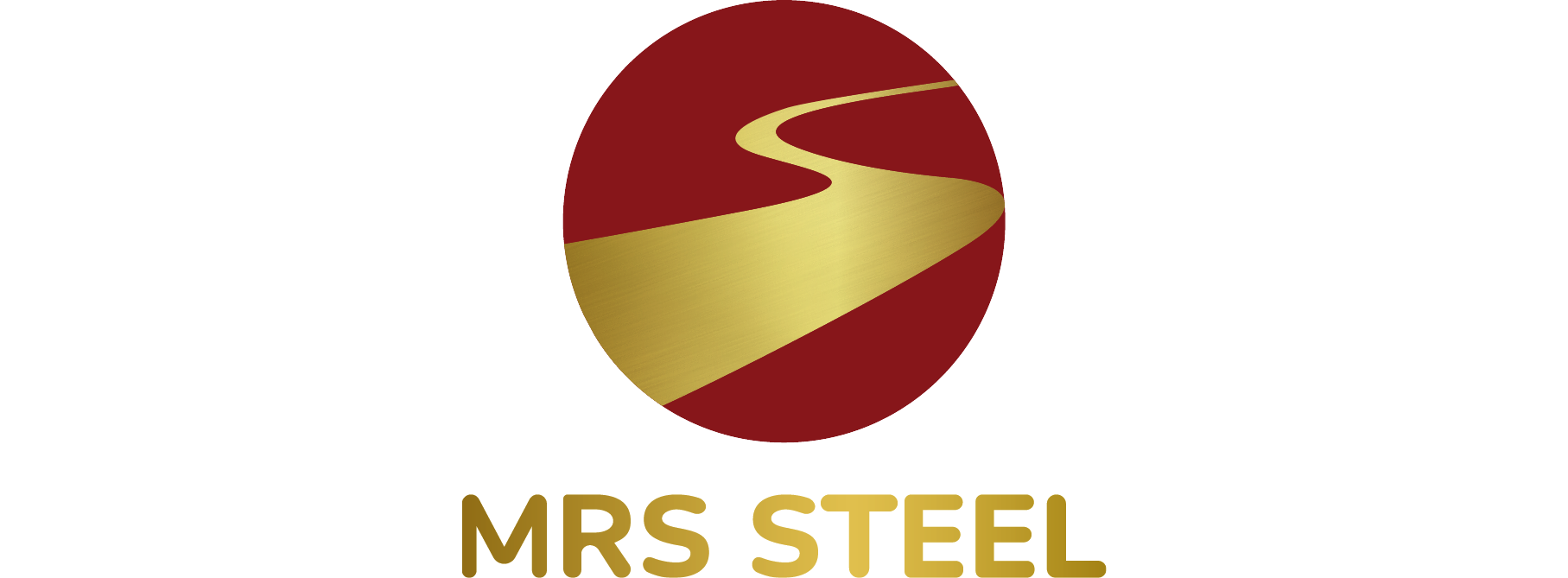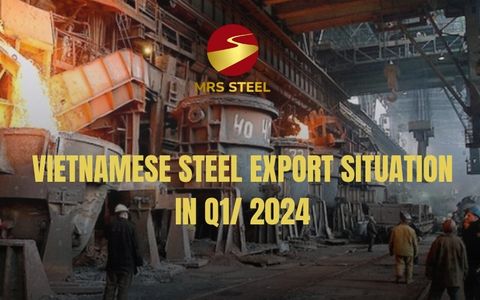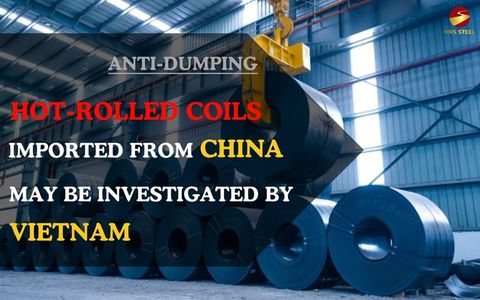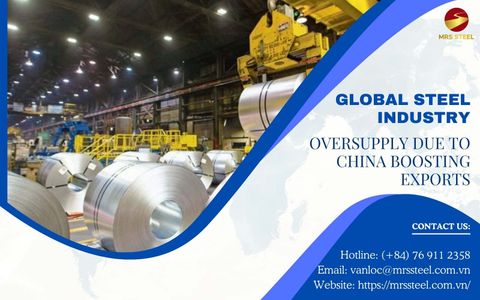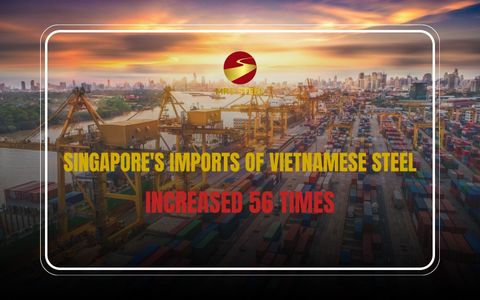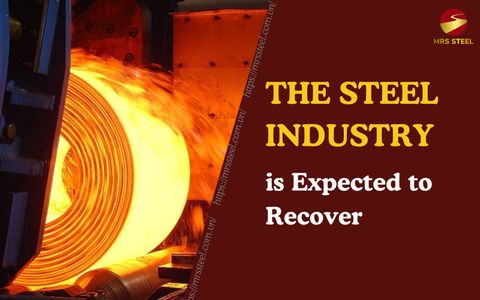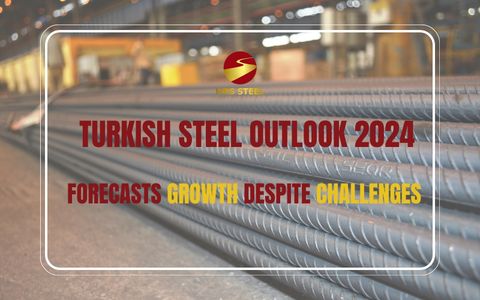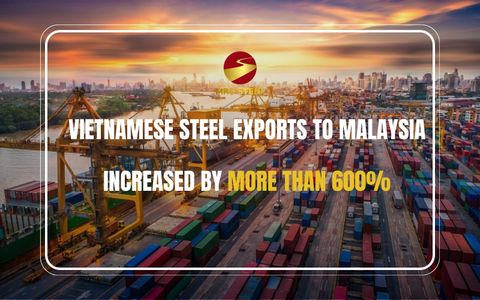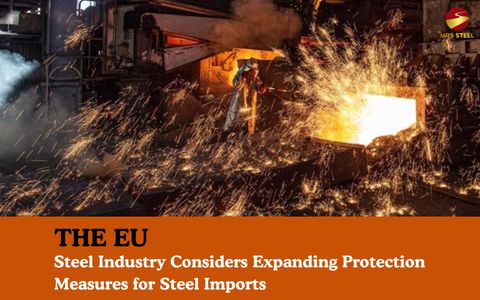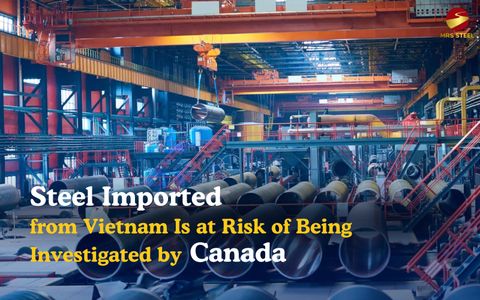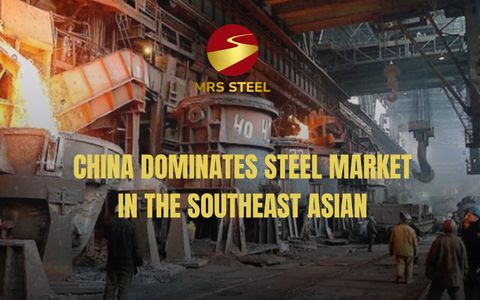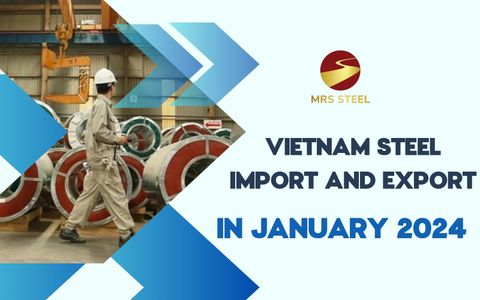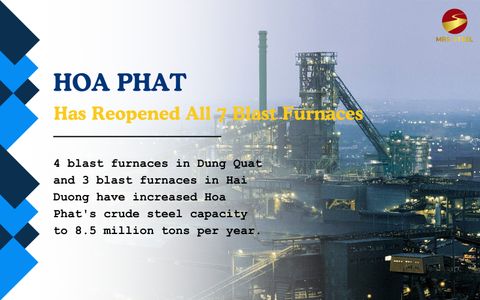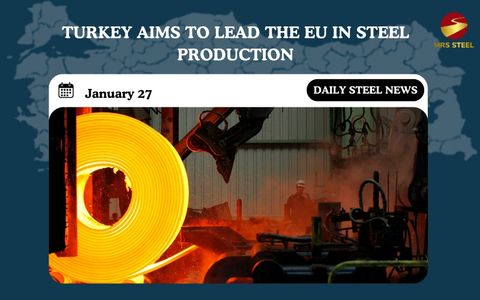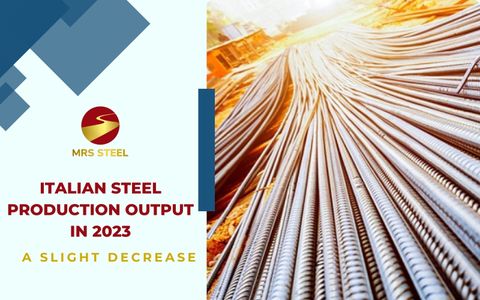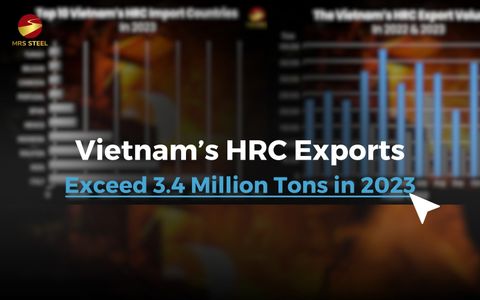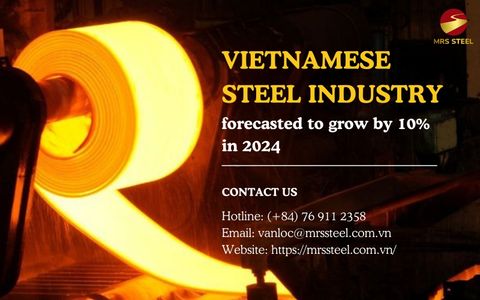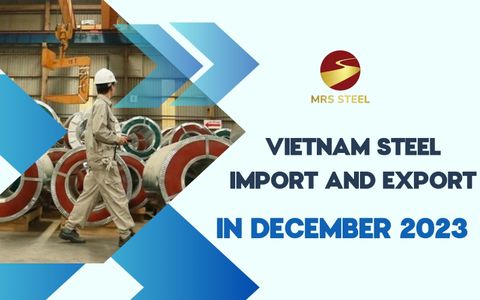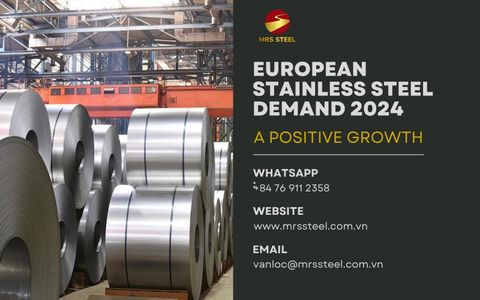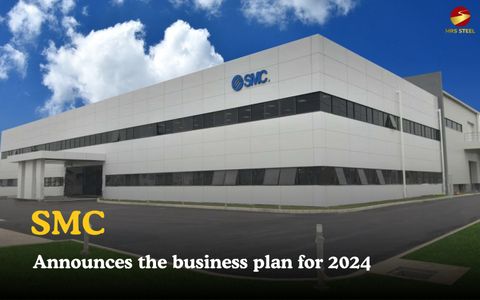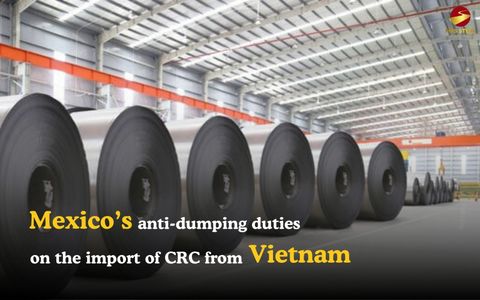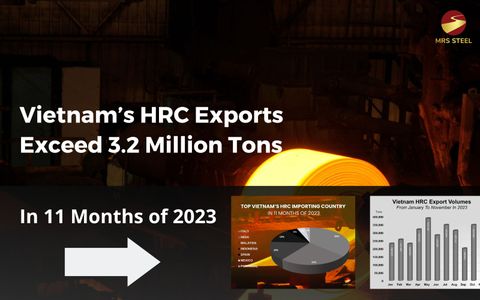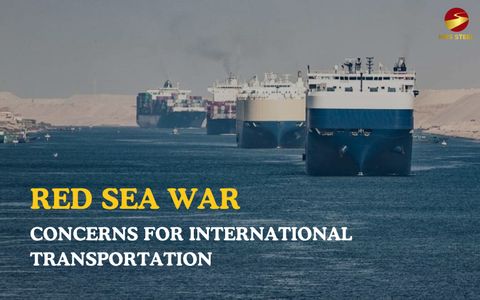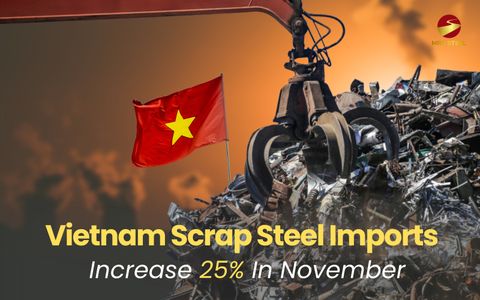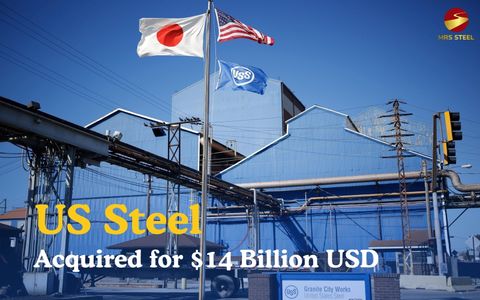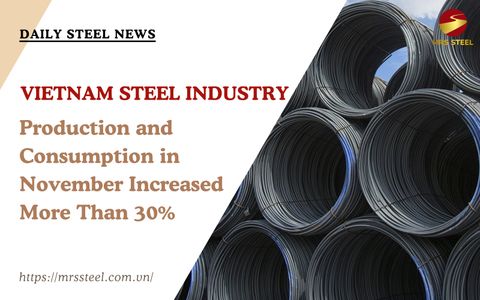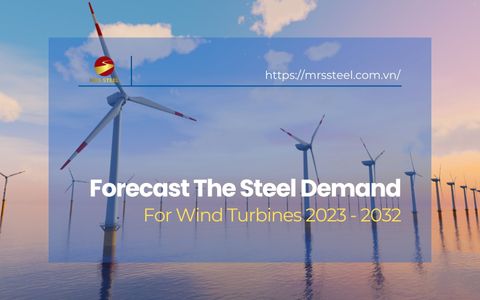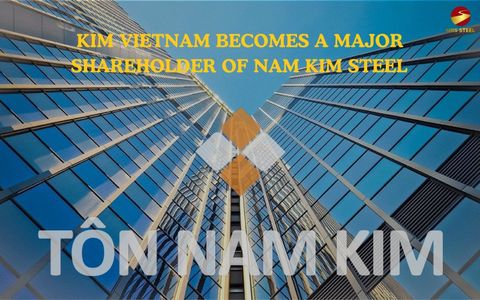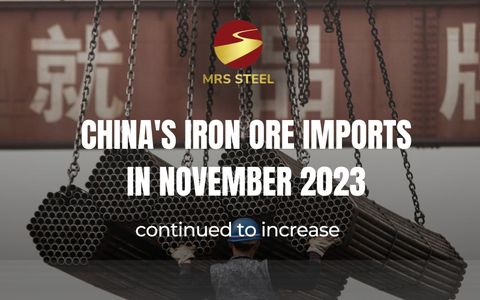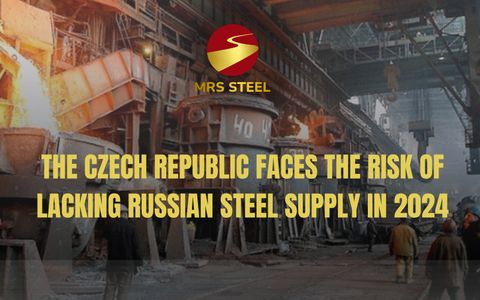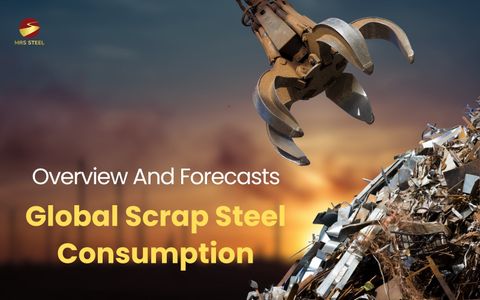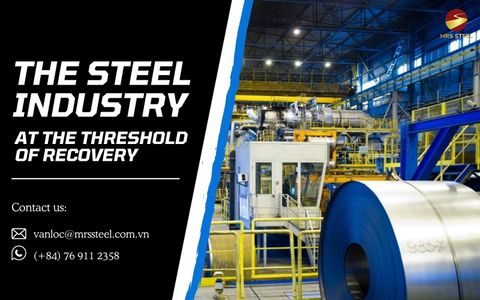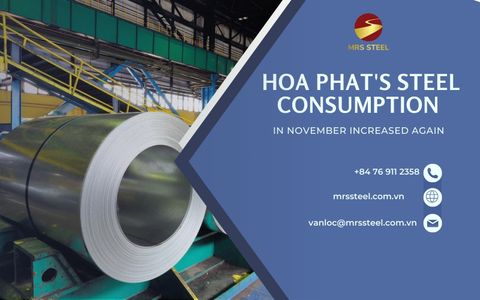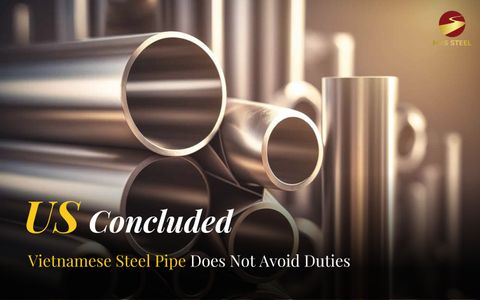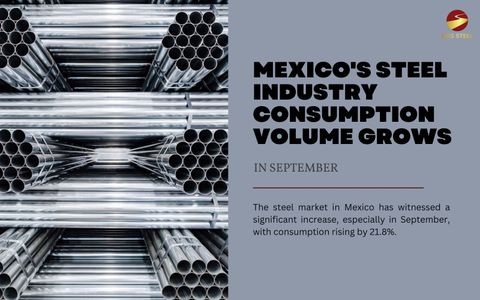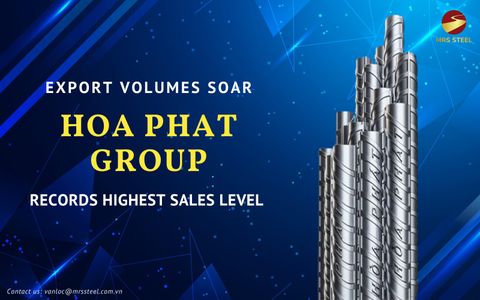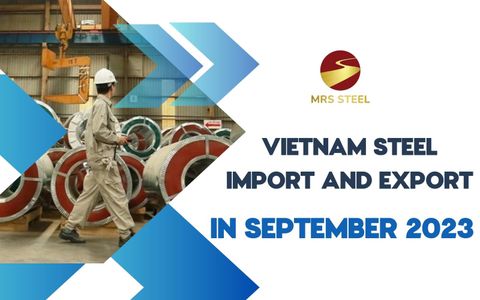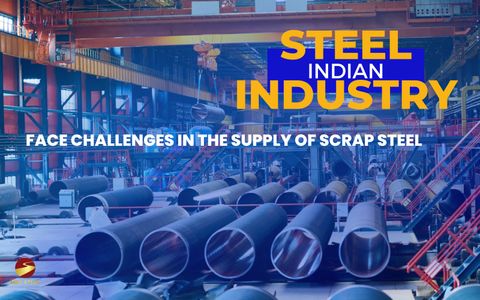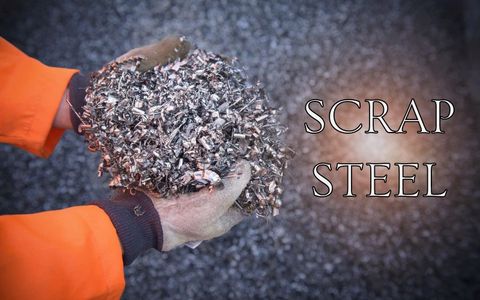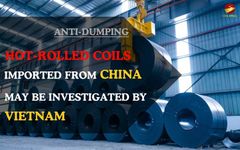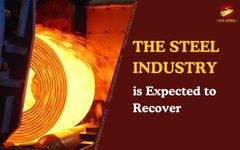The Vietnamese Steel Industry Strives for “Green” Production
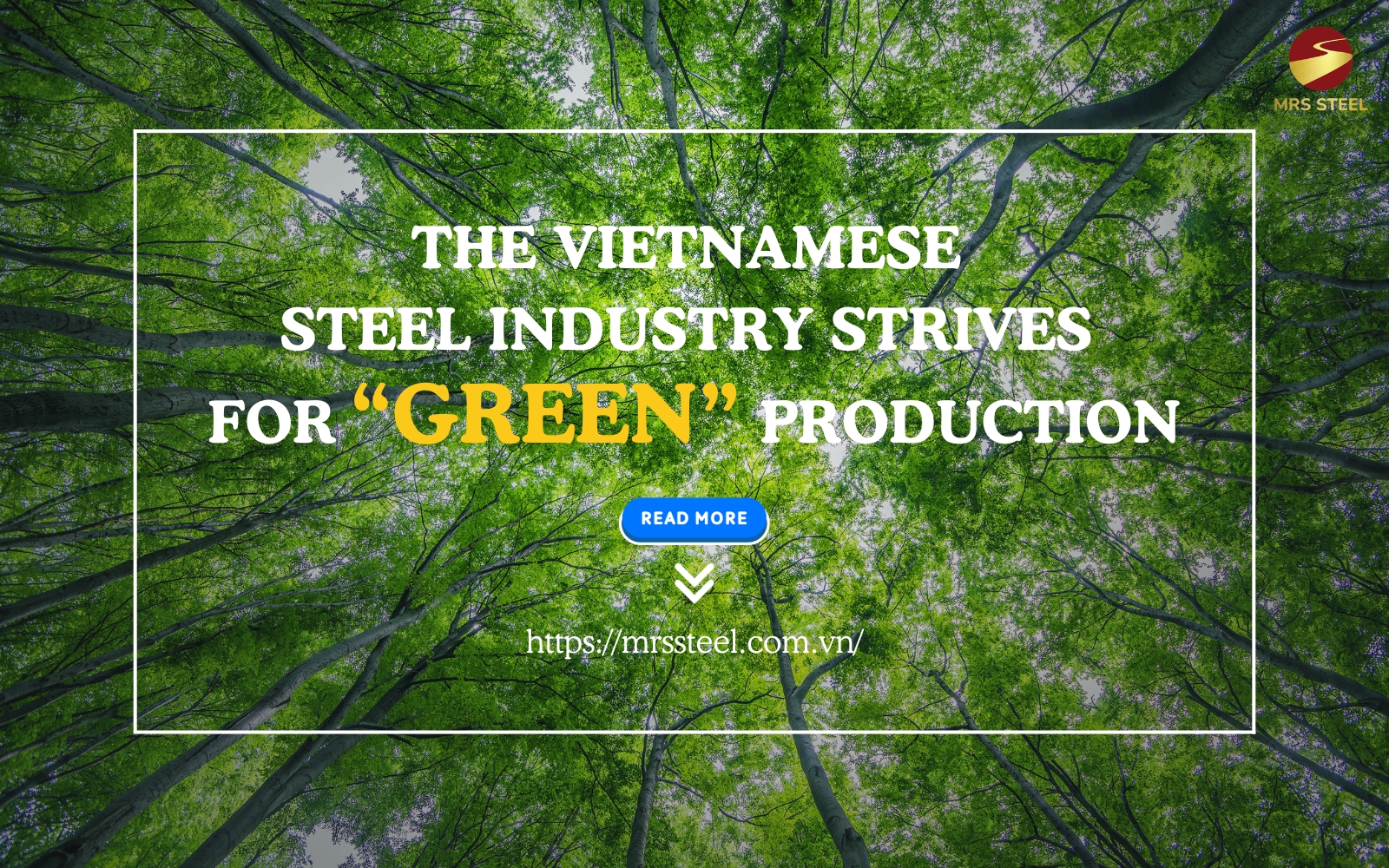
Steel NewsDate: 13-12-2023 by: Nhu Quynh
The steel industry in Vietnam, along with the global steel industry, is aiming to achieve carbon neutrality by 2050. Consequently, in recent times, the Vietnamese steel industry has undergone significant innovations and remarkable developments, contributing to the country's modernization and industrialization process.
From 2015 until now, the steel industry in Vietnam has made significant strides and grown substantially, positioning itself as the 13th largest producer of crude steel in the world and leading ASEAN in both steel production and consumption of finished steel products. Presently, there are over 300 enterprises across the country engaged in the production and trade of iron and steel, contributing significantly to the growth and development of the steel industry.
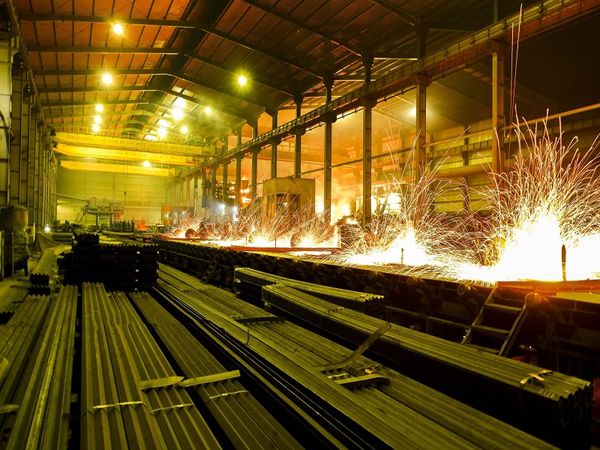
The Deputy Chairman and Secretary-General of the Vietnam Steel Association, Mr. Dinh Quoc Thai, highlighted that the Vietnamese steel industry has been making efforts to digitize, optimize technology and efficiently utilize energy resources. Some steel enterprises have leveraged surplus heat to generate electricity, meeting most of the plant's power needs, thereby reducing adverse environmental impacts and showing promising initial results. However, the steel industry still bears responsibility for 7-9% of the total national emissions and 45% of the industrial processes identified in the national strategy on climate change. Hence, the Vietnamese steel industry needs to move towards a green growth strategy to achieve the goal of achieving carbon emissions of "0" by 2050.
Currently, green development has become a global imperative to limit and eliminate the adverse impacts of climate change on socio-economic growth. The steel industry in Vietnam possesses a full range of existing technologies available worldwide, including blast furnace technology, oxygen furnace technology and electric furnace technology. Additionally, there are some other technologies like direct reduction technology; however, the adoption of this technology is currently at a modest level.
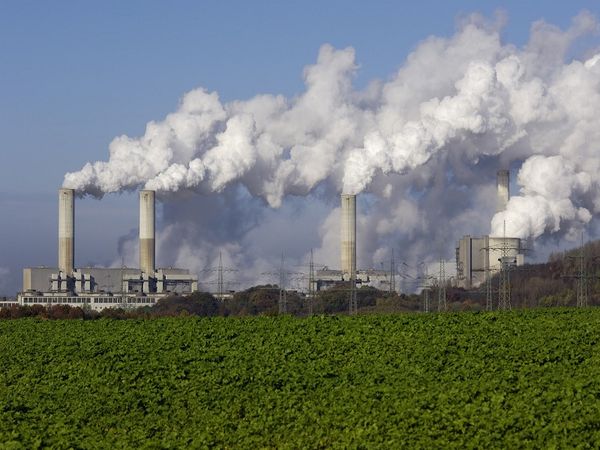
Additionally, Vietnam's steel industry is actively implementing more advanced technologies and production processes to aim for greener production. This encompasses utilizing more advanced technologies to reduce emissions, recycling raw materials and optimizing production processes to minimize environmental impact. Steel manufacturers can adopt recycling technologies to reuse materials like scrap steel, reducing waste output and applying environmental protection measures throughout the production process. This not only helps reduce negative environmental impacts but also promotes sustainability and efficiency in production. Furthermore, governmental support and investments in research and technology development play a pivotal role in driving the steel industry towards greener production.
This is indeed the biggest challenge facing the Vietnamese steel industry in the upcoming period, but simultaneously, it represents a significant opportunity for the steel sector to innovate, modernize, and evolve into a technologically advanced and sustainable industry.
